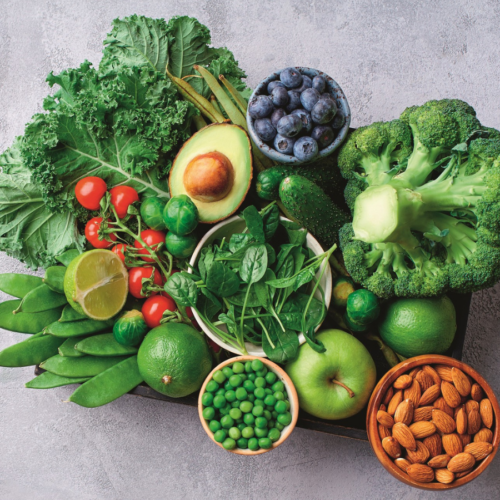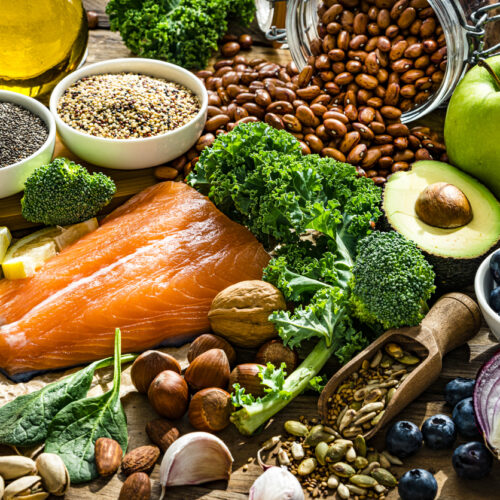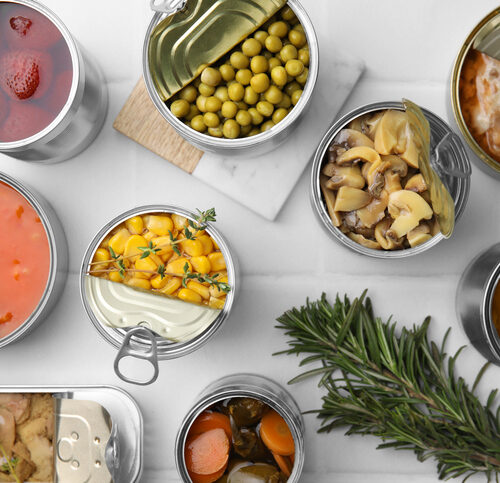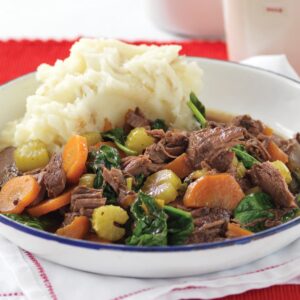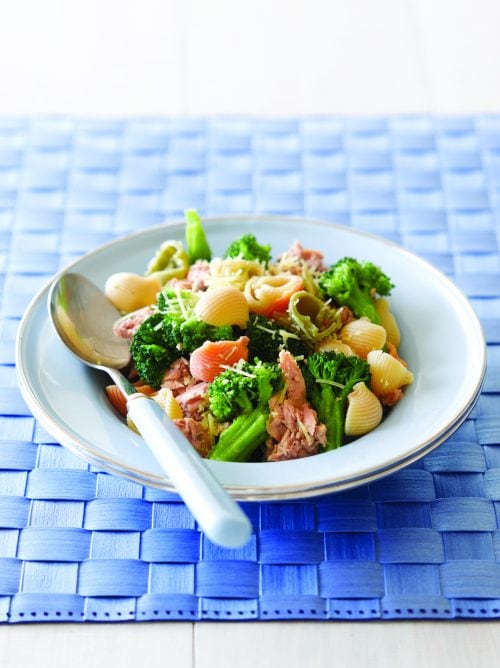
Nutritionist Rose Carr investigates what’s on offer when it comes to this popular and versatile fish favourite.
What’s available?
Canned tuna is available in chunks, flakes, or in ‘sandwich style’ which could be described as ‘pulverised’. These can be bought in brine (salted water), spring water or oil. Salt will also be added to spring water or oil, although there’s generally less than for tuna in brine. The oil used will affect the flavour and the cost. Although regularly using extra virgin olive oil may be a healthier option, there’s nothing wrong with tuna in soybean oil.
How much tuna?
The percentage of tuna in the can is stated in the ingredients list. We found tuna in water or oil with 65 to 81 per cent; flavoured tuna products at 40 to 65 per cent; and tuna spread at 23 per cent tuna.
Long-chain omega-3 fats
Canned tuna is a good source of the essential long-chain omega-3 fats, despite having less than salmon and losing more in the canning process. We like products that state the omega-3 content and show the amount of DHA and EPA, which are the important long-chain omega-3s from fish.
Other fats
These are generally not high-energy products and the fats they contain are mainly the good polyunsaturated – including omega-3 – or monounsaturated fats. Tuna in oil is higher in total fat (and kilojoules) than tuna in brine or spring water, even when drained. Whether you want to use a product in oil will depend on what you are using it for.
For products that are lower in tuna and higher in other ingredients, check the saturated fat content and aim for less than 4g per 100g.
Sodium
We love the convenience of prepared and packaged foods but if we depend on them too much, the amount of sodium we get could go through the roof. For canned tuna products aim for less than 400mg per 100g, but less is better.
Sustainability?
Yellow fin and skipjack tuna are generally found in our cans, although few specify the tuna used. Yellow fin tuna has a superior texture and taste and is the more expensive. Sealord’s ‘Sustainable and equitable tuna procurement policy’ state they comply with dolphin-safe requirements and avoid sourcing tuna from fisheries that have adverse impact on endangered species. The full policy can be found on www.sealord.co.nz under the ‘community’ tab.
www.healthyfood.com



